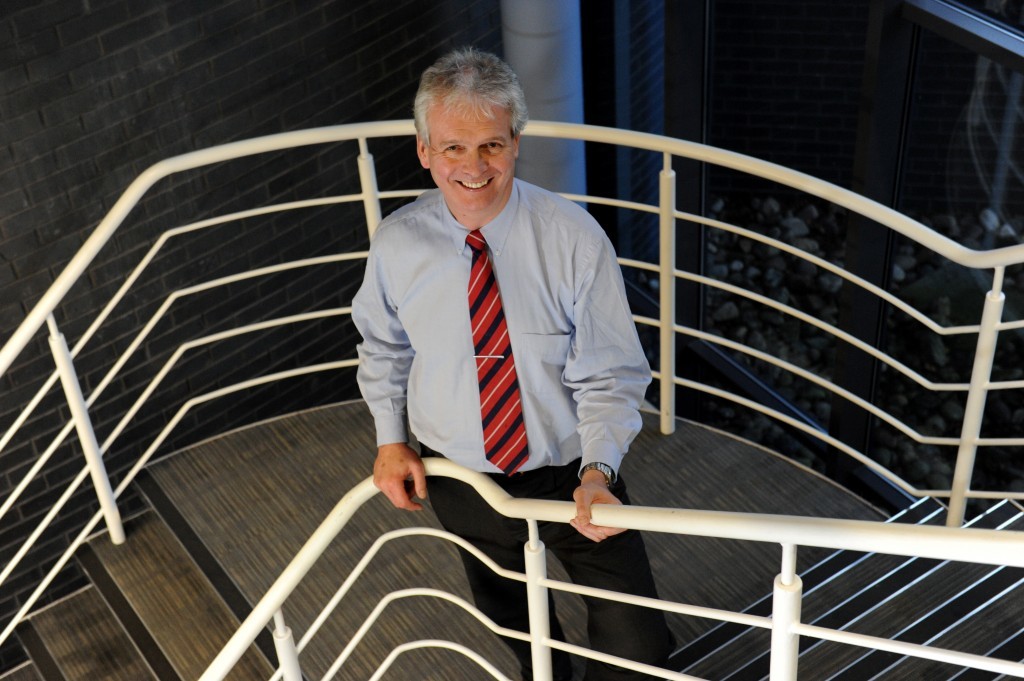
This will be a challenging year for the North Sea but the necessary austerity may create a new appetite for near-to-market technologies.
The average cost of bringing oil to the surface globally is around $7 a barrel, in the North Sea the average is $28, and in some of our fields it is nearly four times that.
As a result, the second half of 2014 was brutal to North Sea operators’ profit and loss accounts with 2015 offering no respite.
Operators are prioritising cost efficiencies and reappraising capital programmes, while the supply chain is doing its bit as part of the industry belt tightening.
Our industry is cyclical and we have been here before.
The last big downturn in the 1980s was in a market with double current production levels and far higher levels of exploration.
We are now developing more economically marginal, more complex fields with a reducing number of existing platforms available for tie-backs.
History tells us that this downturn will lead to the geographical redistribution of people, resources and equipment within the industry and a further reduction in levels of exploration activity.
We can also expect longer-term research and development budgets to take a knock. Investing in innovation that might produce results four or five years hence is not going to be an immediate priority for companies in this climate.
In contrast, near-to-market technologies could play a crucial role in innovating costs out from exploration and production and will be the major focus in 2015 and beyond. Projects that do not require years to move them over the line to become a commercially deployable technology or service will be viewed more favourably by industry in the current climate.
So whilst the North Sea, as a very high-cost production region, is feeling the squeeze, its track record of innovation might prove to be its salvation.
It is an expensive place to trial new technologies but driven by urgent need we can deploy new technologies quickly. As a useful spin-off, the global industry has always had an appetite for innovations that have been proven on the UKCS, creating more opportunity for supply chain companies.
Ultimately, new technologies that address the immediate needs of our industry are going to be vital to continuing production from the UKCS and will have applications in global markets. Current industry austerity measures might just prove to be the mother of invention in 2015.
Ian Phillips is chief executive of the Oil and Gas Innovation Centre (OGIC) which was established to acclerate the delivery of technologies addressing challenges to the UKCS.
For more opinion pieces click here.
Recommended for you
